National Currency Of India | Indian Rupee
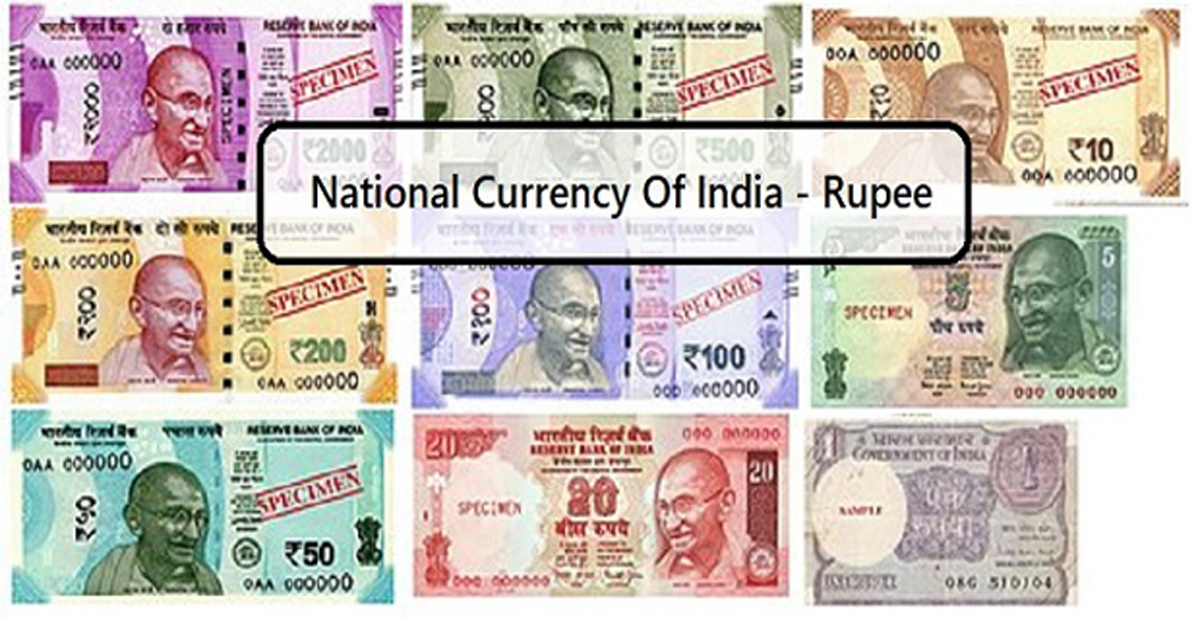
Indian Rupee (sign: ₹; code: INR) is the currency of India. The symbol ₹ was coined by combining the Devanagari consonant “र” (ra) and the Latin capital letter “R”. The word “rupee” was derived from the Sanskrit word Rupaya (a coin of silver).
History
During the five-year rule from 1540 to 1545, Sultan Sher Shah Suri issued a coin of silver, which was known as rūpyarūpa. Historically, the rupee was a silver coin. Until the 18th century, silver and gold coins were commonly used in India.
In the 19th century, the Britishers introduced paper money into the subcontinent. As British companies began increasing their hold over what were then Bengal, Bombay, and Madras, they established presidency banks, beginning with the Bank of Bengal.
The Bank of Bengal went on to release notes that featured a small image of a female figure meant to represent the idea of “commerce,” as well as the bank’s name and the denomination in three scripts: Urdu, Bengali, and Nagri.
The Paper Currency Act of 1861 gave the Government the monopoly of a note issued throughout the vast expanse of British India. Money was now to be issued by the state alone, not banks.
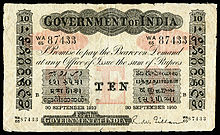
The “Victoria Portrait series” notes were the very first paper notes officially introduced by the government, available in denominations of Rs 10, Rs 20, Rs 50, Rs 100, and Rs 1,000.
As British influence grew over the years, the denominations and styles of their currency notes in India evolved; they began to feature more languages and details, as well as the portraits of kings, starting with George V in 1923.
Suggested Read: National Flag Of India
Modern India Money
It took RBI several years to launch its own notes and the first versions looked similar to the earlier editions of the colonial government. RBI’s first note was issued in 1938 and featured a portrait of King George VI.
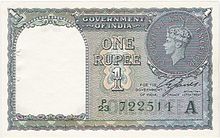
After Independence in 1947, India’s currency needed a new look. The Rs 1 had the image of the Lion Capital of Ashoka at Sarnath, which would also become the official emblem of India, printed on the top right.
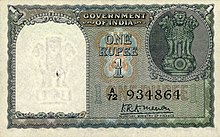
Later RBI issued notes with images of monuments such as Mumbai’s Gateway of India and the Brihadeeswara temple in Tamil Nadu.
Decades later, in 1996 and in 2005, it released versions of a new “Mahatma Gandhi series” of notes. The last design change in recent memory was the inclusion of the new rupee currency symbol, first adopted in 2010.
Suggested Read: National Emblem Of India
Today Money
Today credit cards and online payment services become prominent but still, these notes are needed. But the demonetization of the Rs 500 and Rs 1,000 notes, have found a way of further evolution of Indian paper currency.
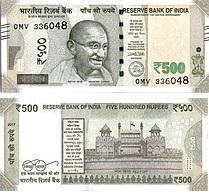
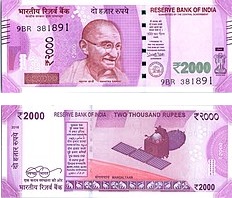
New Rs 500 and Rs 2000 notes were issued. Rs 500 note is slightly smaller and stone grey in color and Rs 2,000 note is magenta in color with new symbols.
Suggested Read: National Symbols Of India
